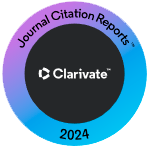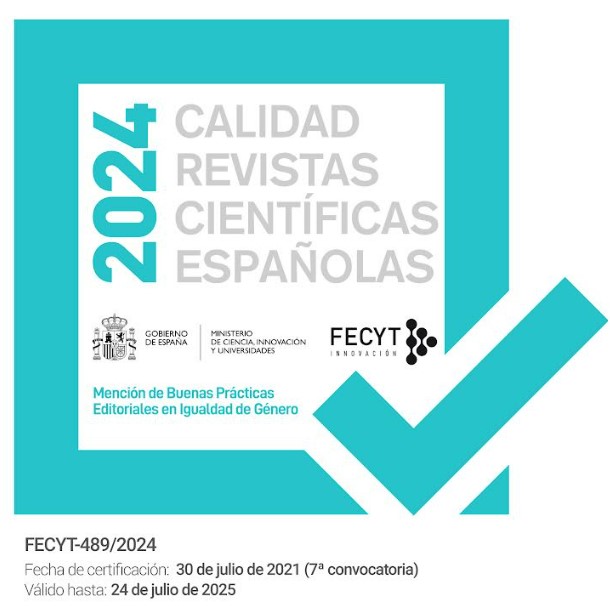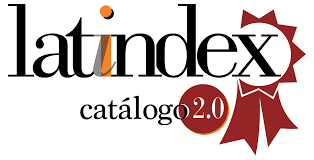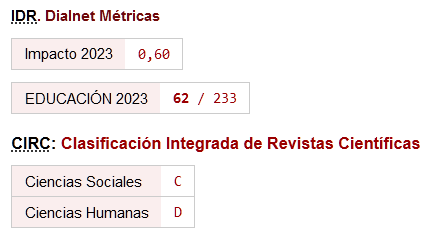Submissions
Submission Preparation Checklist
As part of the submission process, authors are required to check off their submission's compliance with all of the following items, and submissions may be returned to authors that do not adhere to these guidelines.-
In the case of sending the text to the peer evaluation section, the "International Journal of Educational Research and Innovation (IJERI)" journal to guarantee an objective, rigorous and transparent anonymous peer review system through an International Council of Reviewers and avoid their identity recommends that:
1) The authors of the scientific manuscript have removed their names from the article, using "Author" and year in the references and notes at the end of the document, instead of the names of the authors, the title of the article, etc.
2) With Microsoft Word documents, the identity of the author (s) must be removed from the file properties (File -> Save As -> Tools -> Remove personal information from the file properties when saving> Save).
-
The text has been included in one of the thematic lines of the magazine:
- Thematic line I. . Pedagogical innovation and Quality in the University.
- Thematic line II. . Education and Society: Innovations in the 21st Century.
- Thematic line III.. Information and Communication Technologies in training contexts.
- Thematic line IV. Education and Society: Innovations in the 21st Century.
-
The submission has not been previously published nor has it been submitted for consideration by any other journal (or an explanation has been provided in the Comments in the editor).
For this, it will be necessary to send the document on the declaration of authorship and originality to ijeri@upo.es
-
The work meets the following requirements:
- Arial font, size 12, single spacing, complete justifications and no tabulations or carriage return between paragraphs.
- Only large blocks (author, titles, abstracts, descriptors, credits and sections) will be separated with a return.
- Footnotes will be placed together at the end of the document. The page configuration must be 2 cm. in all margins (lateral and vertical).
- Manuscripts / articles must come in Microsoft Word format
-
The extension of the work meets the following criteria:
- Research: (4.000/ 6.000 words, including references).
- Theoretical studies:: (8.000/ 10.000 words, including references).
- The text meets the stylistic and bibliographic conditions included in Guidelines for the author,/a, in About the journal.
Copyright Notice
The works published in the "International Journal of Educational Research and Innovation (IJERI)" are subject to the following terms:
The works are published in electronic edition under a Creative Commons Attribution-NonCommercial-NoDerivative 3.0 Spain license: they can be copied, used, disseminated, transmitted and publicly exhibited, provided that:
a) The authorship and the original source of its publication are cited (magazine, editorial and URL of the work).
b) They are not used for commercial purposes.
c) The existence and specifications of this user license are mentioned.
Privacy Statement
The data controller of the personal data provided for the journals to which Revistas UPO gives access is the journal IJERI: International Journal of Educational Research and Innovation. To consult additional and detailed information on data protection, please contact the journal IJERI: International Journal of Educational Research and Innovation at the address indicated in "about/contact".
You are also informed that the Universidad Pablo de Olavide acts as Data Processor for each of the files owned by the different journals. Therefore, the Universidad Pablo de Olavide, facilitates the exercise of their rights of access, rectification, deletion, limitation of processing, data portability, opposition and not to be subject to automated individual decisions, including profiling by contacting the headquarters of the Universidad Pablo de Olavide, located at Ctra. de Utrera, km. 1 41013, Seville (ES), or requesting it by email to the address deleg.protecciondedatos@upo.es, accompanied by proof of identity.











